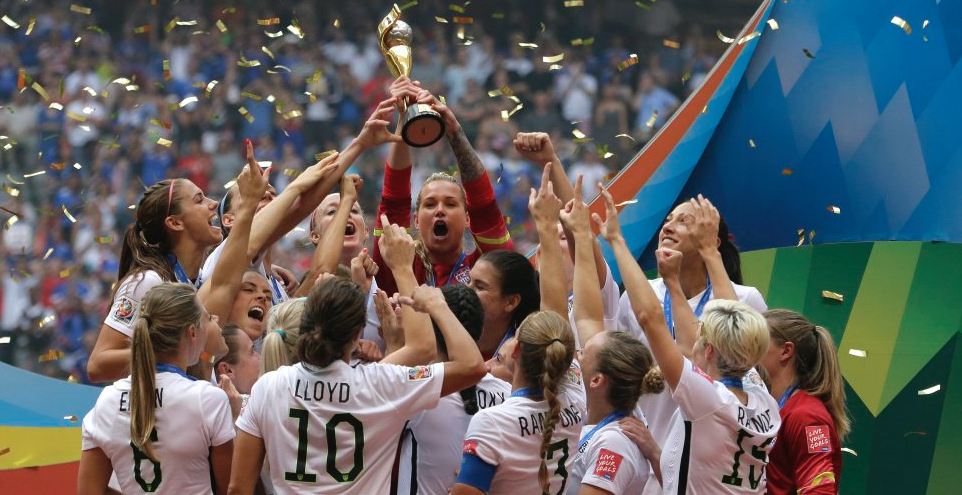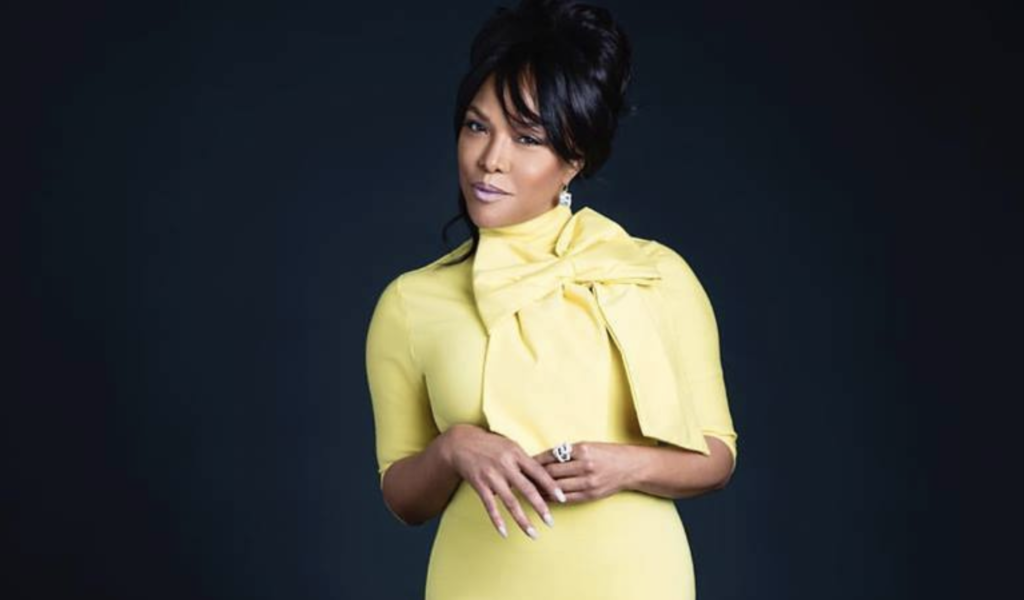US Womens Soccers Files Wage Discrimination Suit
31 Mar, 2016
Five key members of the United States women’s national soccer team, the reigning Women’s World Cup and Olympic champion, have filed a federal complaint charging U.S. Soccer with wage discrimination.
In the filing, the five players contend that the women’s team is the driving economic force for U.S. Soccer, the governing body for the sport in America, even as its players are paid far less than their counterparts on the men’s national team, their lawyer, Jeffrey Kessler, said.
The players involved in the complaint are among the most prominent and decorated female athletes in the world: the co-captains Carli Lloyd and Becky Sauerbrunn, forward Alex Morgan, midfielder Megan Rapinoe and goalkeeper Hope Solo.
In their complaint — which was submitted to the Equal Employment Opportunity Commission, the federal agency that enforces civil rights laws against workplace discrimination, on Wednesday — the players requested an investigation of U.S. Soccer. But in taking official action, they also thrust their team into a debate roiling in several sports, notably professional tennis, about equal pay for men and women.
“We have been quite patient over the years with the belief that the Federation would do the right thing and compensate us fairly,” Lloyd, the most valuable player of last year’s Women’s World Cup, said in a statement released by the players and Mr. Kessler.
Solo was more blunt in the statement, directly comparing the women’s achievements with those of the men’s national team.
“The numbers speak for themselves,” Solo said. “We are the best in the world, have three World Cup championships, four Olympic championships and the USMNT get paid more to just show up than we get paid to win major championships.”
Citing budget figures released last month by U.S. Soccer, Mr. Kessler said the players contend that they earned as little as 40 percent of what players on the United States men’s national team earned even as they marched to the team’s third world championship last year, and that they were shortchanged on everything from bonuses and appearance fees to per diems.
“This is the strongest case of discrimination against women athletes in violation of law that I have ever seen,” Mr. Kessler said.
Though only five players signed the complaint, they said they were acting on behalf of the entire women’s team, saying they are all employees of U.S. Soccer through their national team contracts.
The filing of the complaint was the latest move in an increasingly contentious legal fight between U.S. Soccer and the women’s national team players, who are favored to repeat as Olympic champions at the Rio Games in August.
“While we have not seen this complaint and can’t comment on the specifics of it,” U.S. Soccer said in a statement, “we are disappointed about this action. We have been a world leader in women’s soccer and are proud of the commitment we have made to building the women’s game in the United States over the past 30 years.”
Women’s national team players have long grumbled about their pay, working conditions and travel and hotel arrangements, which the players contend are inferior to those given to the men’s national team despite the women’s far superior record of on-field success. The women’s national team has won three World Cup championships and four Olympic gold medals; the men’s most notable achievement in the past half-century was a quarterfinal appearance at the 2002 World Cup.
The long-simmering feud between the women’s team and U.S. Soccer’s leadership boiled over after last summer’s Women’s World Cup. A match in Hawaii that was part of the team’s so-called victory tour was canceled when the players refused to play on an artificial-turf field they deemed unsafe. U.S. Soccer’s president, Sunil Gulati, later apologized for the situation.
Two months later, the disagreement veered into federal court when U.S. Soccer took the unusual step of filing a lawsuit against the national team’s players’ union as part of a dispute about the validity of the players’ collective bargaining agreement. The federation contends the C.B.A., which expired in 2012, lives on in a memorandum of understanding the sides signed in early 2013. The union contends it does not.
The E.E.O.C. will not deal with the larger issues in that fight, or in the C.B.A. talks, because it does not have jurisdiction, Mr. Kessler said. But by raising the issue of the compensation of the men’s national team, the women’s players may risk dividing the teams’ fan bases even as they put U.S. Soccer in a difficult position. The federation has collective bargaining agreements with both teams, but the financial terms differ widely.
The women’s players are salaried employees — the top players are paid about $72,000 a year by the federation — but they contend that even with that extra income, their bonus structure means they still earn far less than their male counterparts, who receive money from U.S. Soccer only if they are called to the national team.
A men’s player, for example, receives $5,000 for a loss in a friendly match but as much as $17,625 for a win against a top opponent. A women’s player receives $1,350 for a similar match, but only if the United States wins; women’s players get no bonuses for losses or ties.
Yet the women point to the television ratings for their matches and the crowds they draw as evidence that the disparity in federation pay is unfair.
The men and the women “have identical work requirements,” Kessler said. “The same number of minimum friendlies, the same requirements about participating and making the World Cup teams — identical work.
“But the women,” he said, “have without dispute vastly outperformed the men not just on the playing field but econonomically for the U.S.S.F. The women have generated all the money in comparison with the men.”
U.S. Soccer is expected to argue that the players’ pay is collectively bargained, and that the players agreed to all issues, including compensation and working conditions like whether the team must play on artificial turf on not. (The federation and the women’s players’ union are continuing discussions on compensation in a new collective bargaining agreement amid the current action.)
U.S. Soccer also receives substantially higher payouts from FIFA, world soccer’s governing body, for participation in the men’s World Cup. But the women’s complaint seems to take aim at a bigger share of domestic revenue, like sponsorships and television contracts.
Budget figures provided by U.S. Soccer at its annual general meeting in February showed a $20 million increase in national team revenue in 2015. The women’s players attributed that to their World Cup triumph and the subsequent multicity victory tour. U.S. Soccer is expecting another windfall this year; among its budget projections for 2016 is $2.3 million for another victory tour after the Olympics.
It is unclear how long it will take to resolve the complaint, but the process will almost certainly hover over the women team’s preparations for the Rio Games in August. If the E.E.O.C. rules for the players, it could seek relief on behalf of the entire women’s national team in the form of a negotiated settlement or side with the players in federal court, Mr. Kessler said. If the case is successful, it could force U.S. Soccer to surrender millions of dollars in back pay.
New York Times
Image StarTribsports twitter
Mentioned In This Post:
About the author
Related Posts
-

The Sun Always Shines in Los Angeles
-

The Dodgers Are Back Again
-

Thank You Corey!
-
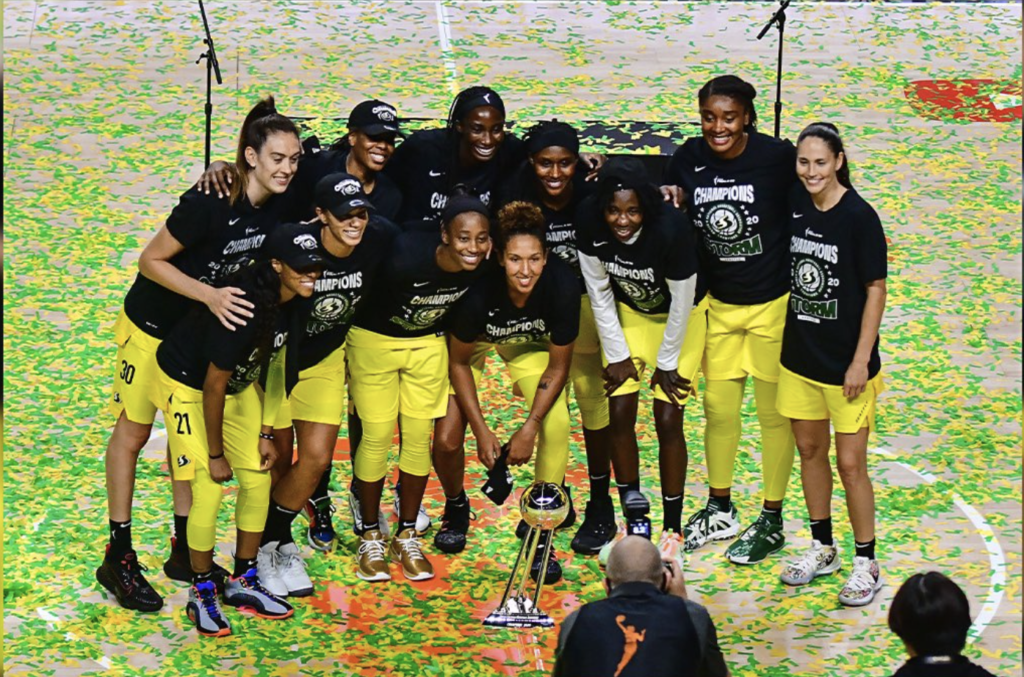
The Reign Continues!
-

And Just Like That, The Season is Over
-

Salute to the Stanley Cup Champions
-

$503 MILLLION!!!!!!!!
-
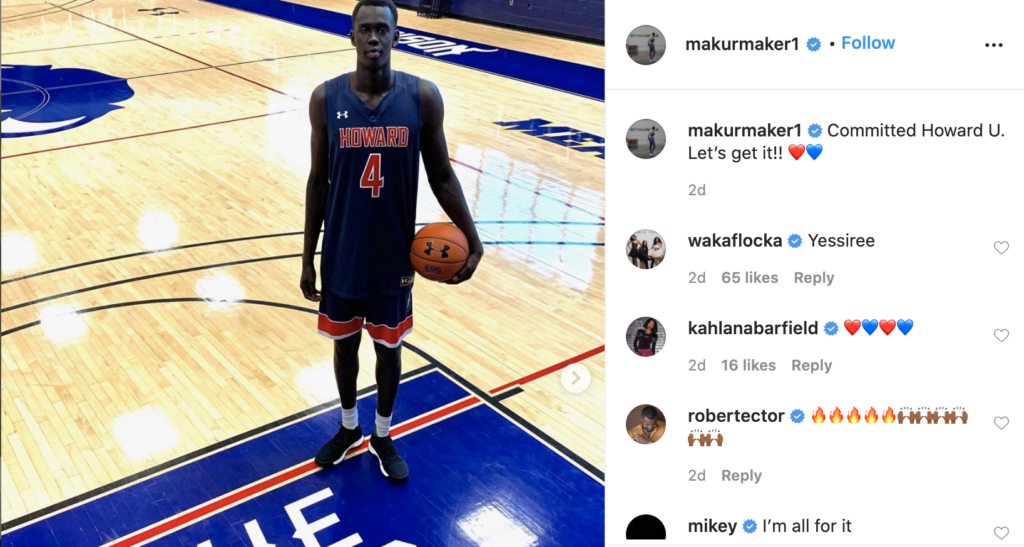
The Game Has CHANGED
-
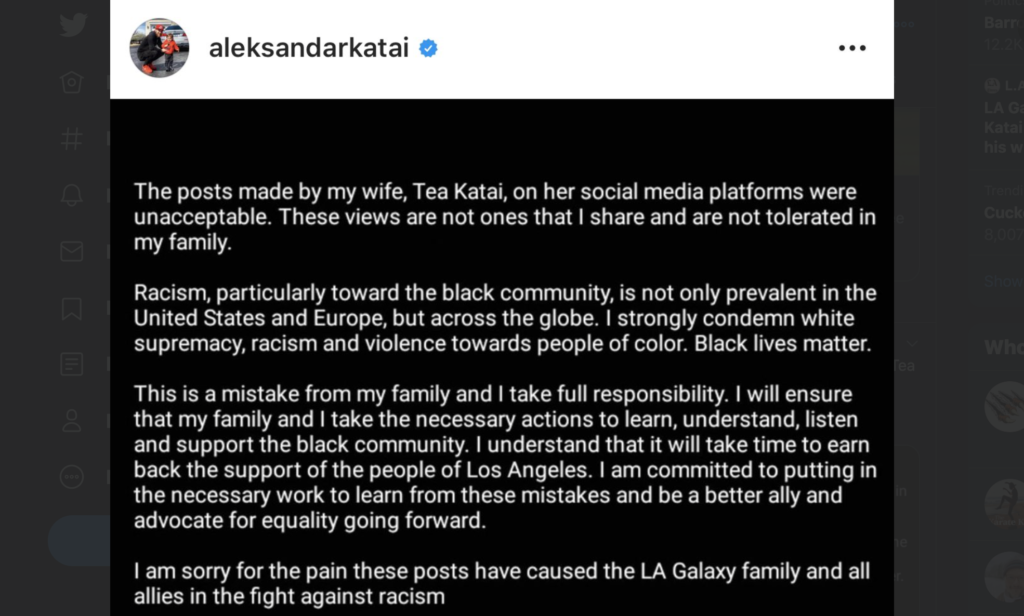
When Your Wife's Racism Gets You Fired
-

Denzel Washington Is The Super Hero We Need.

